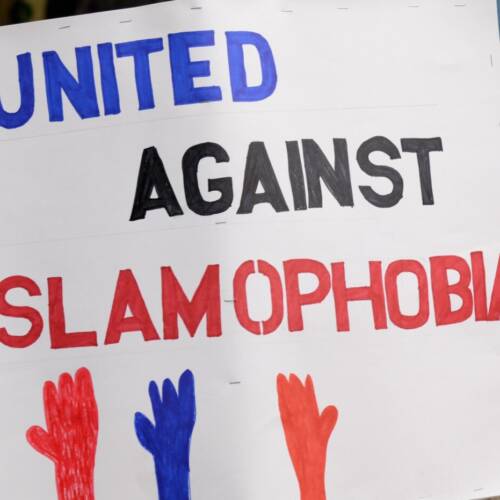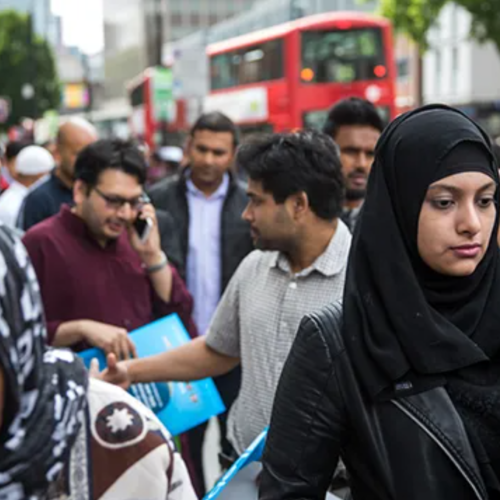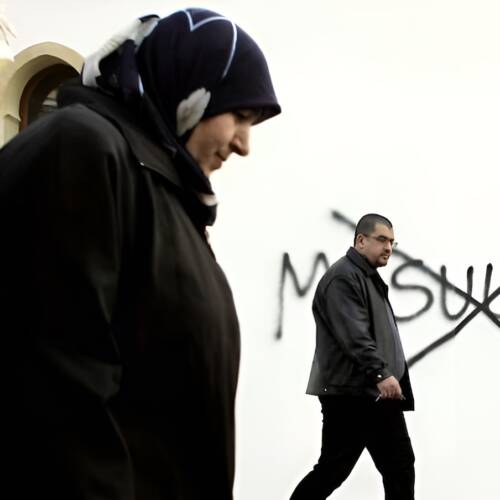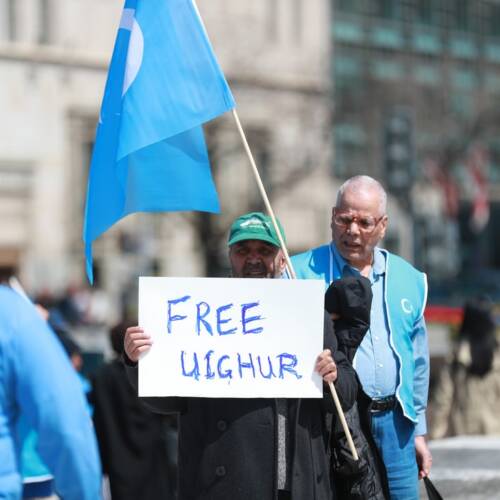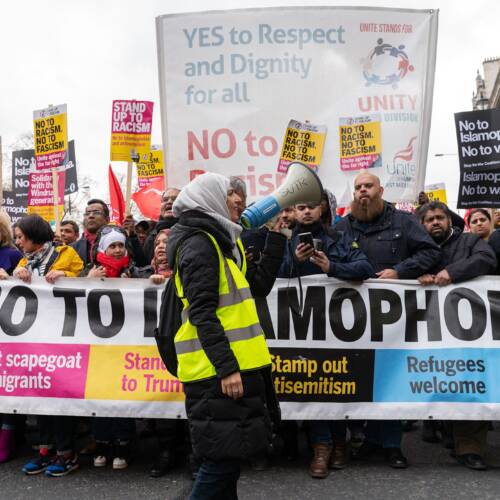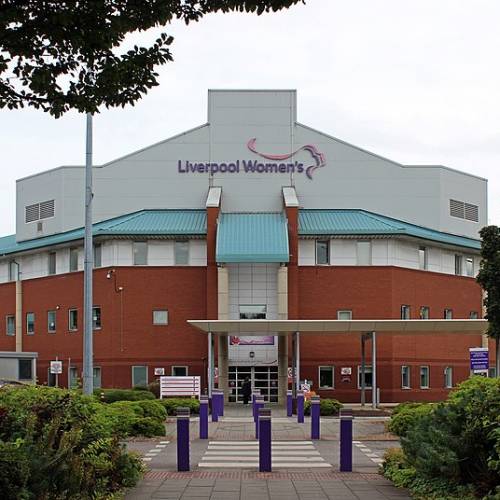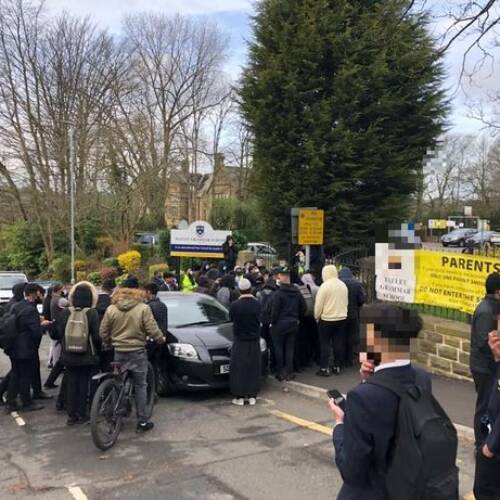
Far-Right Extremism: An Historical Insight
21 Feb 2020In the past month alone, we have witnessed several incidents by far-right groups across the UK and Europe. In Germany, 9 lives were lost to a racially-motivated, vicious attack. Muslims in Rotherham are taking measures to secure and protect mosques from far-right threats. With such occurrences becoming worryingly common, it is critical now more than ever, that we seek to understand the historical circumstances that have nurtured the growth of far-right groups. In the second part of this series on far-right extremism (click here to read part one), Hayyan gives us an insight into where and when such groups originated, and how they have evolved over the last century. – Editor’s note
In contemporary far-right scholarship, the trajectory of the far-right has often been split into four so-called “waves”. These refer to different historical periods after the Second World War in which the far-right has been active, and, more importantly, at times grown in stature. While they are rough time periods, they are useful in mapping out modern far-right groups and their development.
The first wave of the far-right can be placed after WW2 between approximately 1945 – 1955. WW2 claimed the lives of millions of people across the world, destroyed cities, and witnessed regimes across Europe that caused some of the worst atrocities seen in human history. But emerging from this era were some far-right parties and individuals with connections to the old regimes, espousing ideologies associated with fascism and Nazism.
Such parties included remnants of the German Nazi Party whose leader Adolf Hitler continued to be a figurehead for some on the far-right (still to this day). While some of these parties contested elections, the vast majority never passed the necessary electoral threshold. Others were simply banned – they were unable to even compete in elections. Those that had existed in the pre-war era, such as Oswald Mosley, a revered figure on the extreme right, whose British Union of Fascists (BUF) were banned by the British Government in 1940, were pushed into irrelevance. At this stage, the memory and destructive legacy of WW2 meant that far-right parties borne out of this era were largely rejected – they operated at the fringe of society.
The second wave, which is situated between 1955 – 1980, saw an increase in the number of far-right parties. In the UK, the notorious National Front, formed from a group of small far-right groups, was established in 1967. (The National Front today remains the only UK-based far-right organisation designated as a terrorist group by the British Government.) Parties in Denmark and France also emerged with minor success. In the US, the American Independent Party was formed, which was an openly racist party whose leader George Wallace called for segregation. Wallace did win a number of States in his native south during one of his presidential runs, although he failed on three other occasions. Once again, however, this period yielded few results for far-right parties, which continued to operate on the fringe of society and articulated anti-immigrant and often racist views.
The third wave, between 1980 – 2000, saw a significant uptake in far-right activity across Europe. During this period, far-right groups continued their usual attacks against immigrants and minorities, and professed nativist and authoritarian tendencies. Groups such as the British National Party (BNP), which was formed in 1982, also pandered to more open expressions of racism.
But where previous parties had operated on the fringe, this wave saw a steady movement of groups into the mainstream and national parliaments. Groups such as the Belgian Flemish Bloc (FB) exploited European-wide issues of high unemployment and migration for their own gain. Older parties that had traditionally towed the mainstream line, such as the Freedom Party of Austria (FPÖ), became hard-line in their views, refashioning themselves into a far-right party and making parliamentary gains. In 1986, the French National Front, today known as the National Rally and led by Marine Le Pen, also gained 35 seats in parliament. New far-right parties were also formed after the fall of communism in 1989 in Slovakia and Croatia.
The steady rise of far-right parties in national parliaments continued into the fourth wave, which is situated from 2000 to the present day. In just four short eras, far-right parties went from post-war irrelevance, bound up with the memory of fascism, to playing prominent roles in national parliaments. This has included parties such as Fidesz in Hungary, which has had a parliamentary majority since 2010, Matteo Salvini’s Lega Nord in Italy, and the Alternative for Germany (AfD).
All these gains have been accelerated by three key events: 9/11, the 2008 Recession, and the so-called refugee crisis of 2015. As the far-right scholar Cas Mudde notes in his book The Far Right Today, “all western democracies were affected by these events, shaking the national and international political status quo, and giving rise to an unprecedented wave of Islamophobic and populist protest”. Far-right parties have exploited these events for their own gains, promoting anti-Muslim and anti-immigrant sentiment, as well as riling against Eurosceptism and what they view as “PC-culture”. To illustrate the growing effect of these incidents on European politics, far-right parties gained an average of almost 5% of all votes between 2000 – 2010. In the ten years that followed, this rose to 7.5%.
This is the trajectory of far-right politics that we’re dealing with today: a steady rise of far-right groups in the mainstream, which are pushing more nativist and xenophobic rhetoric. This is having a significant impact on minority, Muslim and immigrant communities who continue to face abuse and stigmatisation. In light of this, minority communities need to curb the growth of the far-right by engaging more in political affairs, and making sure that their voices are heard. Let’s make sure that a fifth wave is led by our communities, which pushes the far-right back into irrelevance, rather than the mainstream direction that they are moving in today.


